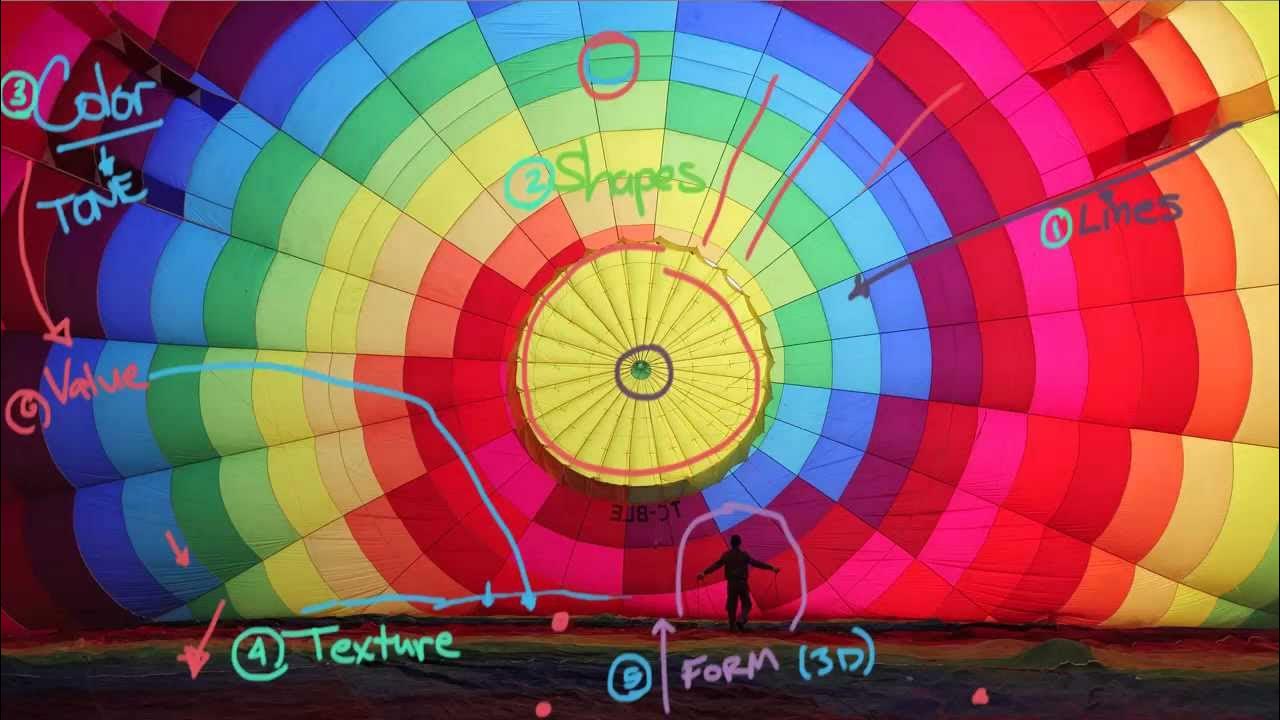The Best Technique To Tell Stories In Your Images — Photography Visual Patterns #3
Summary
TLDRIn this episode of the visual patterns series, the host delves into leading lines, a fundamental photography technique that directs viewers' eyes to the main subject. Leading lines enhance visual hierarchy and storytelling by guiding attention within the composition. The video presents various examples in landscapes, architecture, and nature, showcasing how roads, shadows, and natural formations can create dynamic movement. The host encourages photographers to practice spotting and using leading lines to elevate their work, emphasizing that these elements are ubiquitous and essential for compelling photography.
Takeaways
- 😀 Takeaway 1: Visual patterns help photographers understand and enhance their photography through guiding principles and heuristics.
- 📸 Takeaway 2: Leading lines are essential elements that direct the viewer's eye towards important parts of the composition, typically the subject.
- 🔍 Takeaway 3: Understanding visual hierarchy is crucial; leading lines create a focal point where the viewer's eye can rest before moving towards the main subject.
- 🌅 Takeaway 4: Leading lines can be found in various forms, including roads, rivers, and architectural elements, making them accessible in different environments.
- 🏞️ Takeaway 5: Nature often provides leading lines, such as rivers or tree branches, that guide the viewer's gaze within a photograph.
- 🏙️ Takeaway 6: Urban settings offer numerous opportunities for leading lines through streets, buildings, and other architectural features.
- 📐 Takeaway 7: Perspective lines can create a sense of depth and direction by converging at a vanishing point, enhancing the composition's dynamism.
- 🌳 Takeaway 8: Shadows can serve as leading lines, directing attention towards the subject and adding a layer of visual interest.
- ⚙️ Takeaway 9: Multiple leading lines can coexist within a single image, providing complexity and depth to the viewer's experience.
- 🌌 Takeaway 10: Practicing the identification and use of leading lines will improve a photographer's ability to compose compelling images.
Q & A
What is the primary focus of the video series?
-The series aims to break down visual language into visual patterns to enhance understanding of photography and improve photographic skills.
What are leading lines in photography?
-Leading lines are elements within an image that direct the viewer's eye to a specific point, usually the subject, helping to establish visual hierarchy.
How do leading lines contribute to a photograph's composition?
-They provide a clear direction for the viewer's gaze, helping to guide them toward important elements in the image and creating a dynamic flow.
Can leading lines only point to the main subject of an image?
-No, leading lines can also encompass or frame a subject, aiding in the overall understanding of the image rather than strictly directing toward it.
What is a practical way to find leading lines in nature?
-Photographers can look for natural elements like rivers, roads, or trees that create lines leading toward focal points in their compositions.
How can architecture provide leading lines in photography?
-Urban environments often contain structural elements, like roads or buildings, that can create converging lines, directing attention to specific subjects.
What role do shadows play in creating leading lines?
-Shadows can form lines that guide the viewer’s eye toward the subject, allowing photographers to use light and shadow creatively in their compositions.
What is a vanishing point, and how does it relate to leading lines?
-A vanishing point is where parallel lines appear to converge in the distance, often used in long straight streets or pathways to create depth and direction in an image.
Why are leading lines considered an important concept for beginner photographers?
-They are easy to spot and apply, making them a fundamental tool for beginners to create visually appealing and coherent compositions.
What should photographers do to get better at identifying leading lines?
-Photographers should practice by exploring different environments and looking for various natural and architectural lines, gradually incorporating them into their photographic repertoire.
Outlines

This section is available to paid users only. Please upgrade to access this part.
Upgrade NowMindmap

This section is available to paid users only. Please upgrade to access this part.
Upgrade NowKeywords

This section is available to paid users only. Please upgrade to access this part.
Upgrade NowHighlights

This section is available to paid users only. Please upgrade to access this part.
Upgrade NowTranscripts

This section is available to paid users only. Please upgrade to access this part.
Upgrade NowBrowse More Related Video

The Rule of Thirds in 5 minutes | Creating More Dynamic Framing

After This, You'll Never See The World The Same Again — FRAMES — Photography Visual Patterns #1

I Sucked at Photography, Until I Understood This.

What is Composition?

Forget the Rule of Thirds, do this instead…

Master COMPOSITION in PHOTOGRAPHY - 13 Tips to take Better PHOTOS | SUNNY GALA
5.0 / 5 (0 votes)